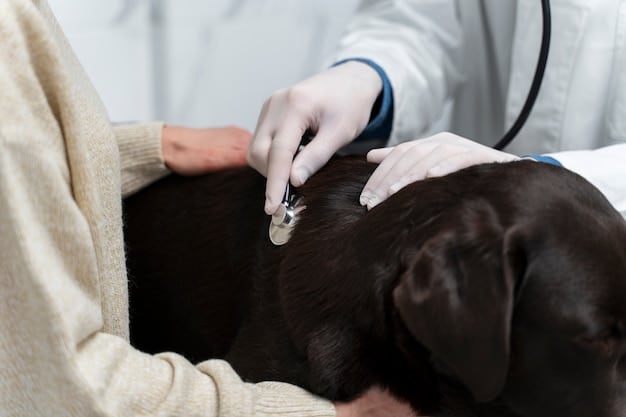
Dog Seizure Identification Treatment: Symptoms, Causes, and Treatments
Dog seizures can be a frightening experience for both the pet and the owner. Knowing what a seizure looks like, why it happens, and how to respond effectively is crucial in ensuring the well-being of your canine friend.

What Does a Dog Seizure Look Like?
Seizures in dogs can vary in appearance, but there are common signs that indicate a dog is having a seizure:
- Sudden Collapse: Your dog might collapse onto the ground, either in a lying position or on its side.
- Muscle Twitching: Uncontrollable twitching or jerking movements of the limbs or body are common.
- Loss of Consciousness: During a seizure, dogs often lose consciousness or appear to be unresponsive.
- Drooling or Foaming at the Mouth: Excessive salivation or foaming at the mouth can occur.
- Chomping or Gagging: Some dogs may seem like they are chewing or gagging.
- Involuntary Urination or Defecation: Loss of bladder or bowel control often happens during a seizure.

Understanding the Causes of Dog Seizures
Several factors can contribute to seizures in dogs:
- Epilepsy: The most common cause of recurrent seizures in dogs.
- Liver Disease: Toxins from liver disorders can lead to seizures.
- Brain Tumor: Tumors in the brain can disrupt normal brain function.
- Injury or Trauma: Past injuries or trauma to the head can cause seizures.
- Infections: Certain infections that affect the brain, like encephalitis.
- Toxins: Exposure to toxic substances can trigger seizures.
First Aid for Dog Seizures
If your dog is having a seizure, it’s crucial to act promptly:
- Stay Calm: Keep your cool to effectively assist your dog.
- Clear the Area: Remove objects that could harm your dog.
- Do Not Restrain: Avoid restraining your dog during a seizure.
- Time the Seizure: Keep track of how long the seizure lasts.
- Aftercare: Once the seizure stops, comfort and soothe your dog.
- Seek Veterinary Care: Consult a vet for a thorough examination.
Preventive Measures and Long-Term Care
Managing seizures in dogs often involves long-term care strategies:
- Regular Veterinary Checkups: Ensure ongoing health assessments.
- Medication Compliance: Follow prescribed medication regimes.
- Diet and Exercise: Maintain a healthy lifestyle for your dog.
- Monitoring and Record Keeping: Keep a seizure diary for your vet.
- Environmental Management: Create a stress-free environment.

Frequently Asked Questions
- Can dog seizures be cured? While some causes of seizures can be treated, in many cases, seizures are managed rather than cured.
- How long do dog seizures usually last? Seizures typically last from a few seconds to a couple of minutes.
- Are seizures painful for dogs? Dogs are generally not in pain during a seizure, but they may feel confused and disoriented afterward.
- Can stress cause seizures in dogs? Yes, stress can be a trigger for seizures in some dogs.
- What should I feed my dog if it has seizures? A balanced diet recommended by your vet, sometimes including specific diets designed for epileptic dogs.
- Are certain breeds more prone to seizures? Yes, some breeds like Beagles, Labrador Retrievers, and German Shepherds are more prone to epilepsy.
Conclusion
Understanding dog seizures is vital for providing the best care for your pet. Recognizing the signs, knowing the causes, and having a plan for treatment and management can make a significant difference in the quality of life for your dog. Always consult with a veterinarian for the best course of action.
Facebook
Pinterest
Twitter
LinkedIn

